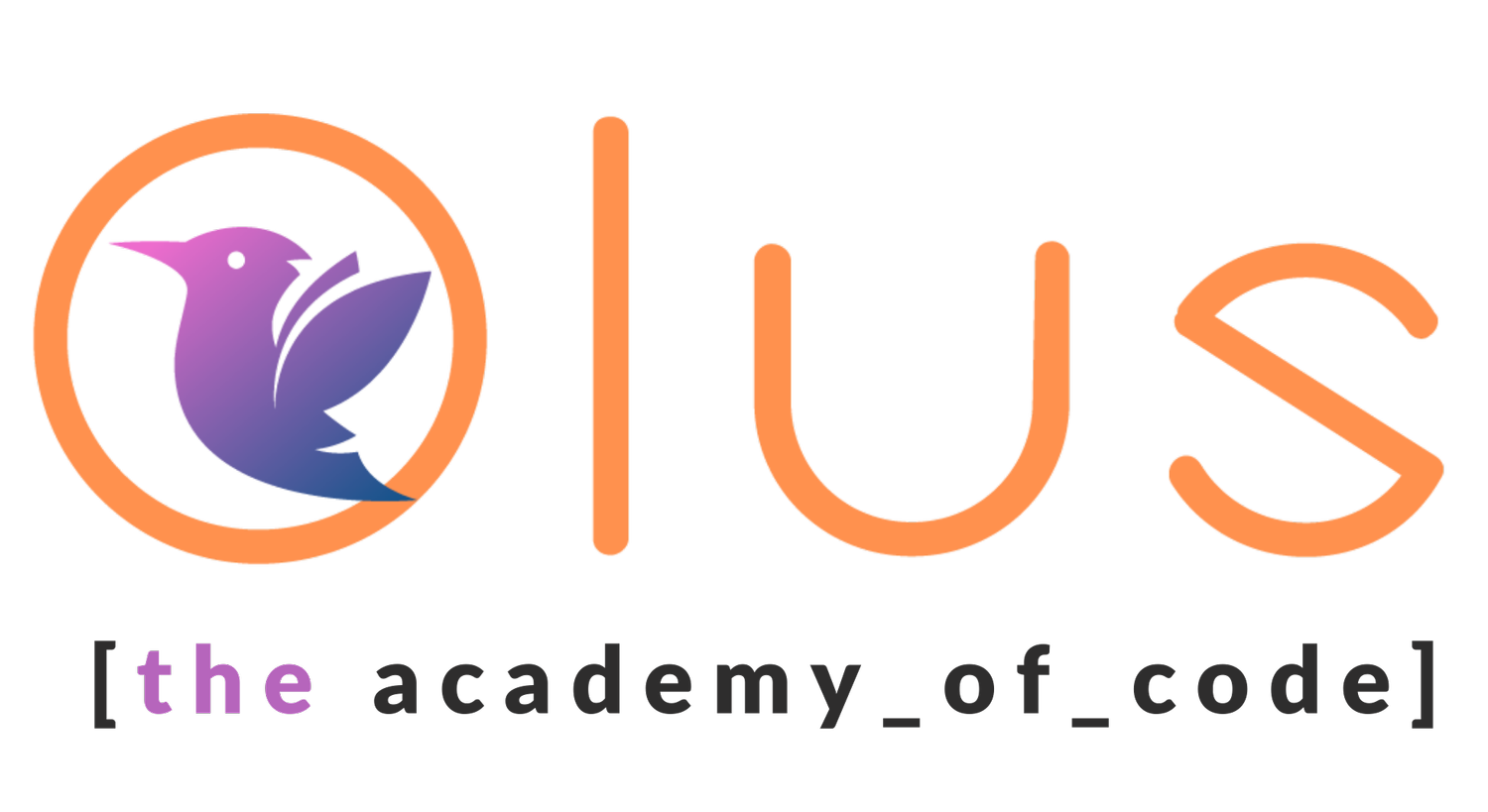We’ve all been thrust into a brave new world over the past few weeks. Computer hardware is hardly the biggest area where adjustment is needed, but it is the one people have been asking us about, and it’s one of the few areas where we can actually offer meaningful advice.
Our devices at home have probably never been under as much sustained demand as they are currently, with every adult and child in every house dependent on technology to communicate with the outside world and to participate in work, school and play.
Our most common request is something like “I want a windows laptop that’s really cheap/mid-range/future proof”. Let’s take those one at a time.
Budget buy (<€250)
The HP Stream 11 has been our go-to ultra-budget machine for a while now. 2GB of RAM and 32GB storage are both quite limiting, but at €240 it’s a very attractive deal, and a quoted 13 hour battery life is very decent (albeit probably not quite achievable in reality.
(As with all the links in this piece, we don’t explicitly endorse any retailer, and we aren’t taking a cut. Shop around!)
Mid range (€400-700)
If you can stretch a little more you can get a lot for your money in the €400-700 range. We’d always recommend looking for 8GB of RAM and an SSD (solid state drive - a modern alternative to the old-school, spinning disk HDD) with a bare minimum 128GB of storage, preferably more.
Processor-wise you should ideally look for an Intel Core i3 or Core i5 (or Core i7 if you’re pushing the budget a bit further), or any of the AMD Ryzen chips. The difference between all of these chips is obviously important as you move to more expensive machines, but at the this price point any of them will fit the bill. Less desirable are the older/cheaper Intel Celeron/Pentium/Atom chips and the AMD A-series chips.
That’s all a bit much for the non-technical, so let’s get specific. Adrian Weckler had a recent piece (worth reading in its entirety) where he recommended this Inspiron 15 3000. At €599 it ticks a LOT of boxes: i5 processor, 8GB RAM and a massive 512GB SSD. There are slightly cheaper versions available too - this €499 version looks pretty good to us too. Both come with Full HD screens.
Bigger budgets (€700+)
Our favourite ultra-premium recommendation is the Dell XPS 13 - expect to pay well upwards of €1000, and don’t bother with any of the lower specced models (there are a few with 128GB SSDs which really aren’t worth the money). The 15” model (the XPS 15) is also a powerhouse.
That recommendation is tempered slightly by the new trend for ultra-premium laptops to dispense with standard USB ports in favour of the new flavour, USB C. While USB C is undoubtedly the future, you may want to budget for a few adaptors while we’re waiting on that future to arrive!
Coming into this price range also brings Apple computers into your price range, and in spite of recent keyboard issues with some of the Macbook Pro models there is scarcely a bad machine available from Apple - but you’ll need to get your wallet warmed up first!
The new Macbook Air, from €1229, has been very well received, and is probably the go-to model for most people. Like the XPS 13 it has ditched the old school USB ports, but it has at least dispensed with the derisory 128GB storage options. The base model, with 8GB RAM and 256GB SSD, is probably the one to go for, and should be more than capable of any office or education task for years to come. The 10+ hour battery life is not to be sneezed at either.
Then there’s the generally excellent Macbook Pros. Ignoring the model with 128GB of storage you’re looking at anything from €1,799 for the 13” model up to €3,299+ for the high spec 16” version. If you need them, great, but probably overkill for most of our students.
Other options
Buying a new laptop is in many ways the easy option, but there are other choices too. When we were adding 20 machines to our mobile lab we went to RefreshedByUs.com and bought refurbished laptops with upgraded RAM and SSDs. Again, 8GB RAM and an SSD is your golden rule here! You may have to settle for something a bit bulkier than a brand new system, but this Dell Latitude E6420 is only £268 (~€300) with those upgrades, and if portability isn’t a concern would make a great home computer.
If you have the space you could of course also consider a desktop PC. While it may seem like everyone these days buys laptops, when we were kitting out our new office in 2017 we opted for desktop computers with huge, 28” 4K monitors. You can get a LOT more for your money when you aren’t cramming it into a laptop case, especially if you’re willing to buy the parts and assemble yourself. But that’s probably a post for another day…
























